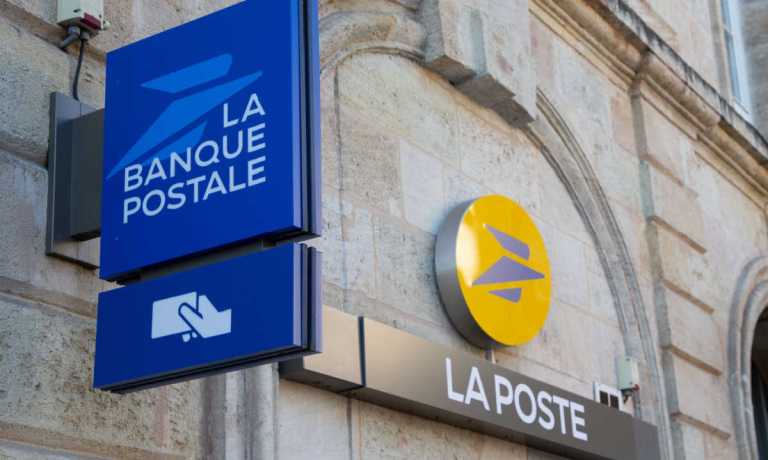
Besides enabling mail deliveries, Europe’s post offices are evolving to meet modern banking needs.
Leveraging their established branch networks and existing infrastructure, the likes of France’s La Poste, Italy’s Poste Italiane, and Post Office in the U.K. are becoming an increasingly powerful banking center, creating a challenger to incumbent banks.
In fact, these postal service companies have partnered with neobanks and FinTechs to expand their financial service offerings in recent years, targeting the small and medium-sized business (SMB) market which is often overlooked by incumbent banks.
The most recent example was announced in October and involves the signing of distribution agreements between Poste Italiane and two neobanks, Banca AideXa and Banca CF+, to enable onboarding and credit disbursement for the Poste Italiane’s SMB account holders.
The first deal with Banca AideXa will see Poste Italiane’s financial services arm BancoPosta integrate the Lending-as-a-Service platform into its in-person offering to approve small business loans in as little as 20 minutes.
After applying for credit at their local post office, Italian SMBs will then receive the loan in their account a few days later.
By using open banking data sharing to access businesses’ transaction history and artificial intelligence (AI) to quickly analyze cash flow and automate decision-making, Banca AideXa is bringing the advantages of digital banking to Italy’s 4.3 million-strong SMB market.
Over the border in France, La Poste has proven equally open to FinTech partnerships to digitize its SMB banking proposition.
Last year, the French postal bank and mail service operator joined forces with British FinTech firm Ebury to simplify international transactions for businesses by enabling them to open a foreign currency account and carry out foreign exchange swaps in 140 currencies.
Relevance of in-Person Financial Services
In a time when financial services access is increasingly digital, post office–FinTech collaborations prove the continued relevance of in-person banking and provide a model for how newer neobank players can expand offerings to customers that break the mold of the smartphone-first neobank user.
Such alternative models are increasingly important in the face of Europe-wide bank branch closures that have left lawmakers scrambling to protect access to in-person financial services.
Related: UK Pushes to Legally Protect Access to In-Person Banking Services
In the U.K., for example, there are now more post offices than there are bank branches. And although post office closures have also affected many British communities, since 2008 this trend has significantly slowed.
In the meantime, data from the Office for National Statistics (ONS) shows that banks have continued to retreat, with the number of bank and building society branches in the U.K. falling by 40% between 2012 and 2022.
For all PYMNTS EMEA coverage, subscribe to the daily EMEA Newsletter.